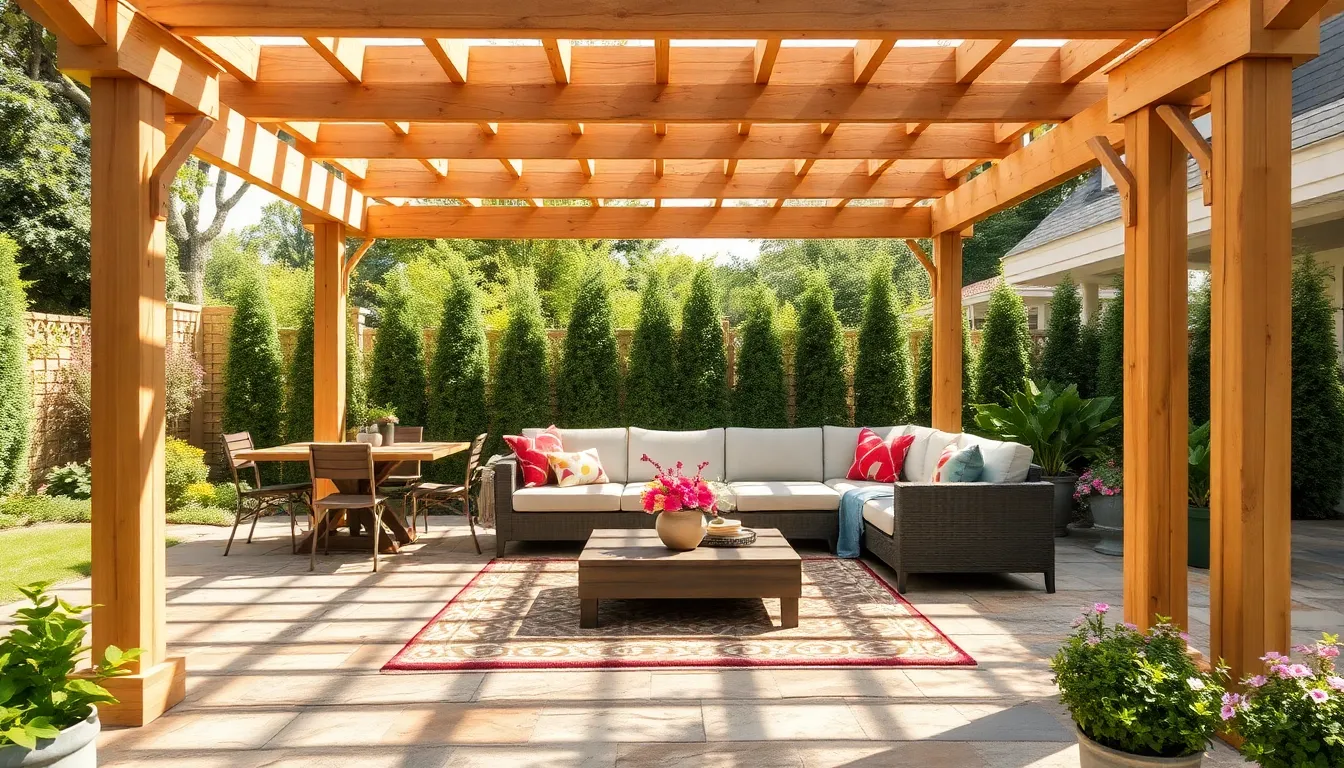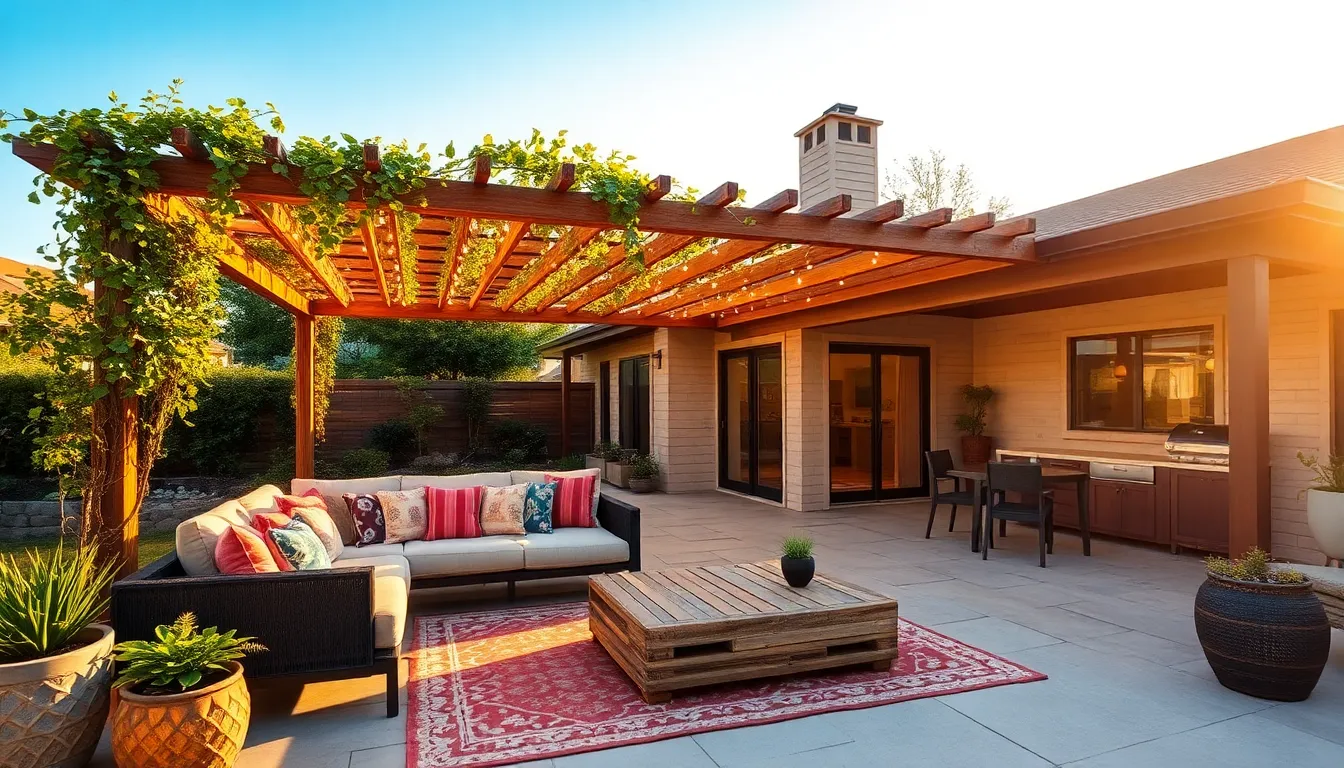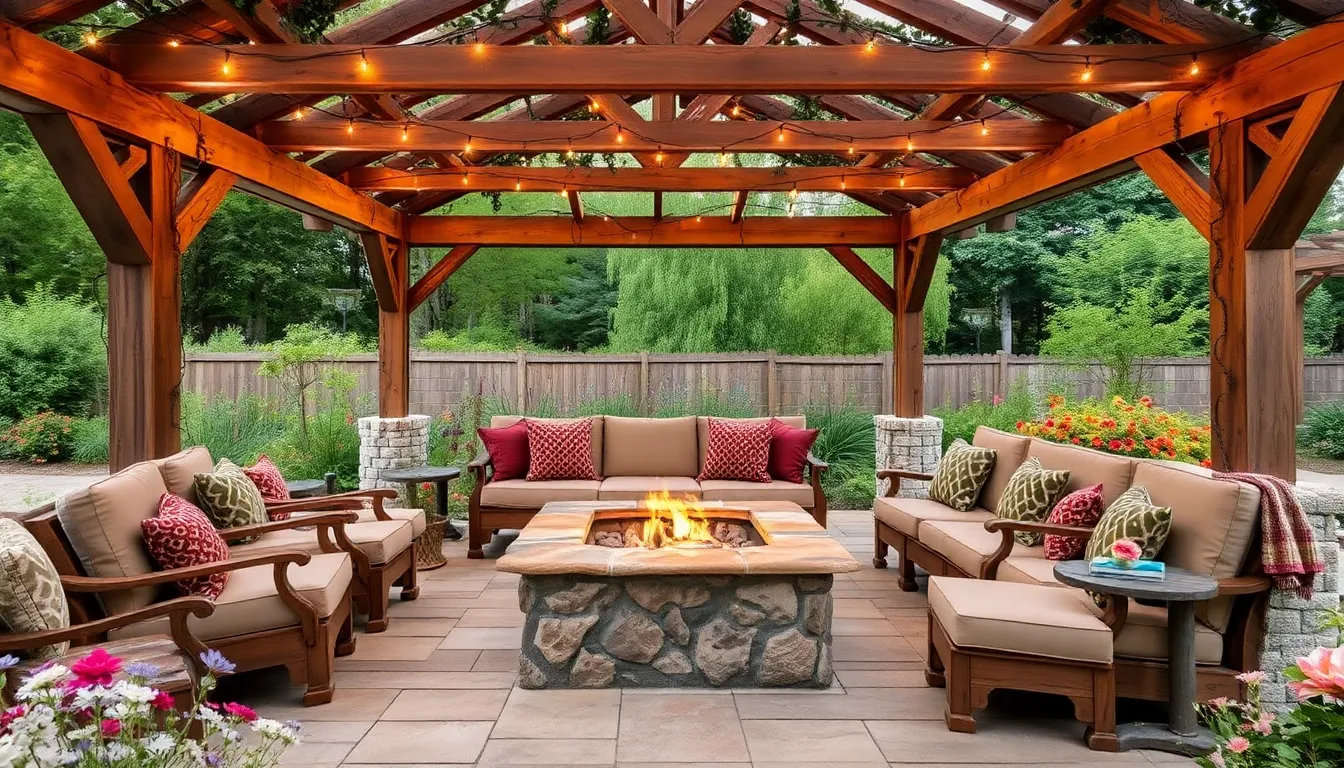Transforming your backyard into a cozy retreat doesn’t have to break the bank. Whether you’re a seasoned DIY enthusiast or a homeowner just dipping your toes into the world of outdoor projects, creating an inviting covered patio is both achievable and rewarding. With thoughtful planning and the right kit, you can create a space that not only enhances your home’s aesthetic but also serves as a personal haven for relaxation and gatherings.
In this guide, we’ll explore ten DIY covered patio kits that are budget-friendly yet stylish, offering a range of options to suit various tastes and skill levels. You’ll discover practical tips on selecting the right materials and design for your space, ensuring that your patio becomes a cherished extension of your home. Dive in to find the perfect match for your backyard ambitions, and start enjoying the great outdoors, right at your doorstep!
Affordable DIY Patio Kit Essentials
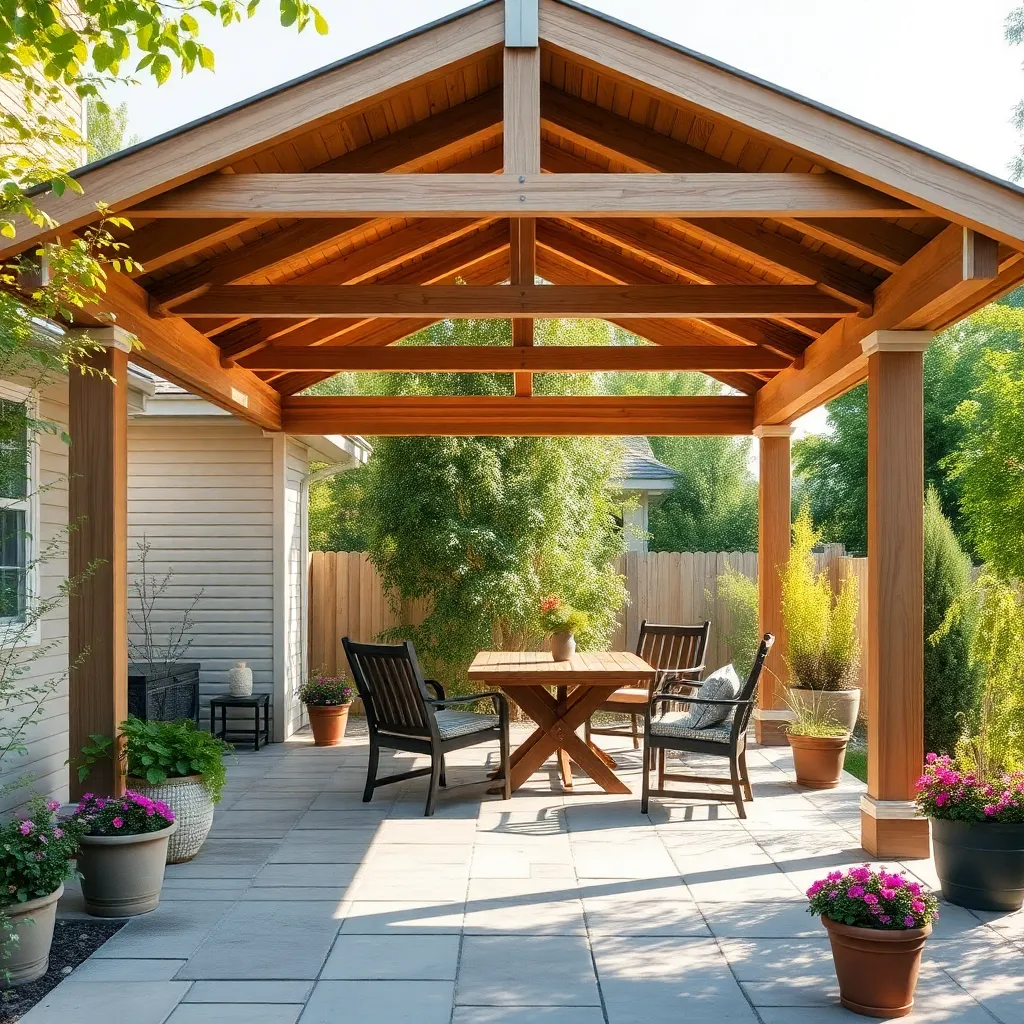
Creating an affordable DIY patio kit begins with selecting the right materials that balance cost and durability. Opt for pressure-treated wood or weather-resistant aluminum as they offer excellent longevity without breaking the bank. Incorporate a simple design with a pergola-style structure, which is both stylish and easy to build, using standard 4×4 posts and 2×6 beams for a sturdy frame. Beginners should start with a straightforward rectangle shape, while more experienced DIYers can add flair with curved beams or decorative brackets.
To enhance your DIY patio project, consider practical additions like shade sails or fabric canopies that provide flexibility and are easy to install. Use UV-resistant fabric to ensure longevity and attach them with stainless steel hardware to avoid rust. For a more advanced touch, add built-in seating or planters using leftover materials to create a cohesive and functional space. Always measure your area carefully and sketch a plan before starting, ensuring all elements fit seamlessly and enhance your outdoor experience.
Choosing Budget-Friendly Materials
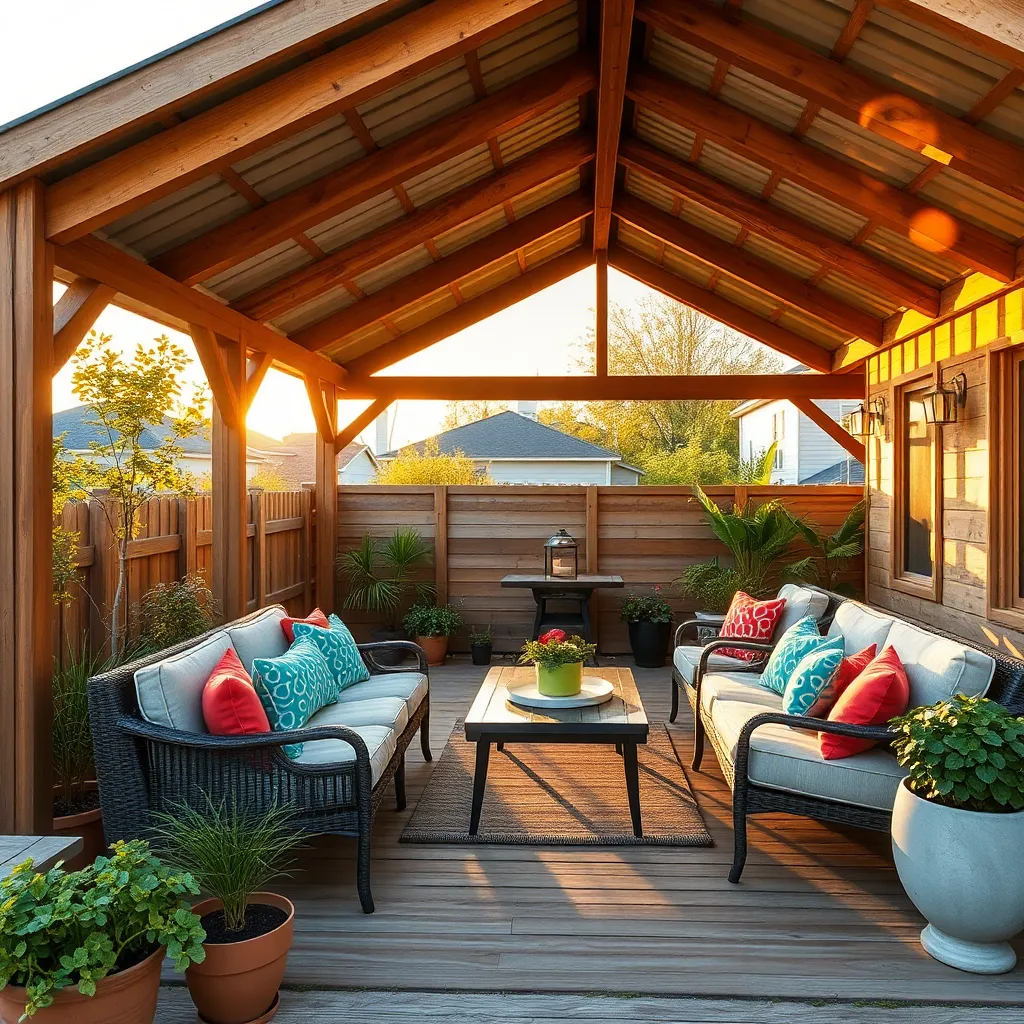
When selecting materials for a budget-friendly outdoor shelter, consider using pressure-treated wood and corrugated metal sheets. These materials are not only cost-effective but also offer durability against weather elements. For beginners, a simple frame of 2×4-inch lumber paired with a corrugated metal or polycarbonate roofing can provide essential protection from the sun and rain. Remember to seal the wood with a weather-resistant stain to extend its lifespan and enhance its appearance.
For those with a bit more experience, incorporating reclaimed materials can significantly cut costs while adding unique character to your patio shelter. Look for salvaged wood from old barns or pallets that can be repurposed for beams and supports. Additionally, using recycled brick or stone for flooring can create a rustic look without breaking the bank. Ensure all reclaimed materials are thoroughly cleaned and treated to ensure they are safe and durable for outdoor use.
Maximizing Small Patio Spaces
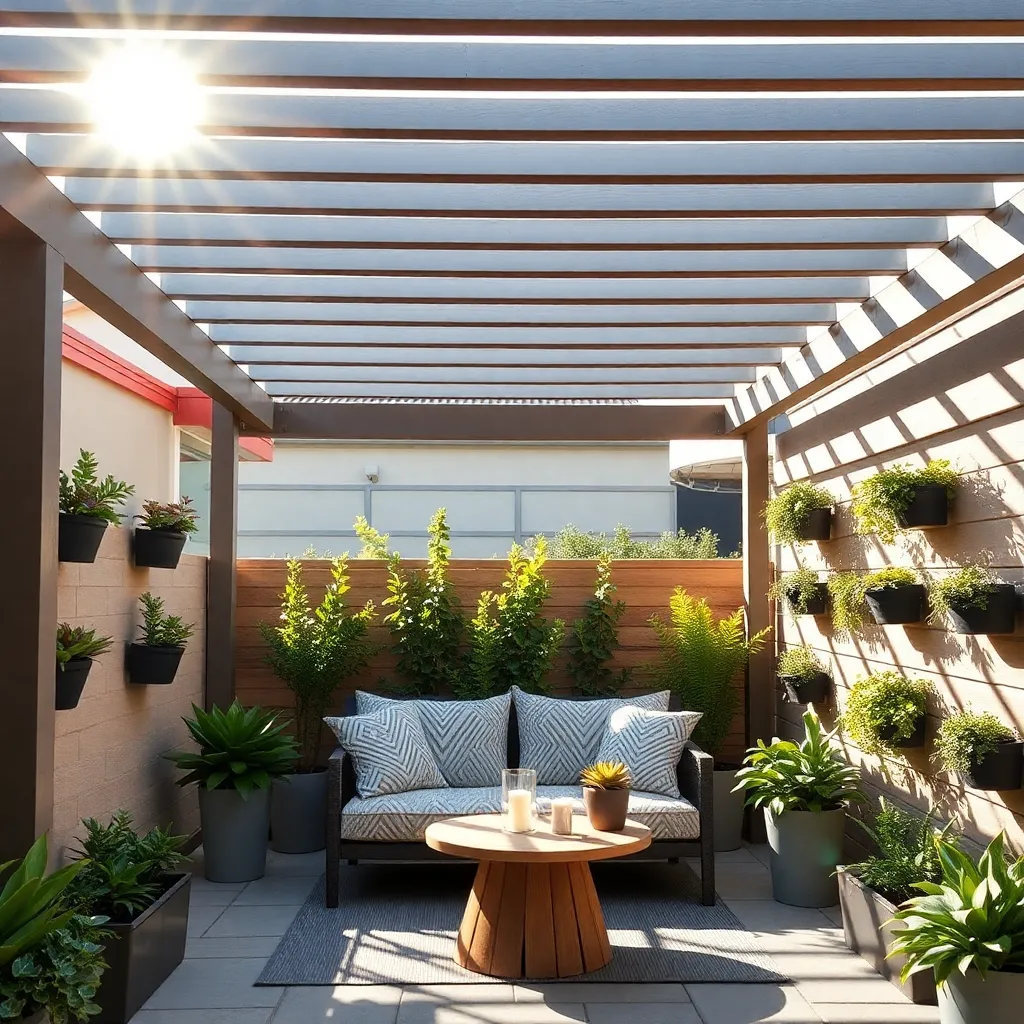
Optimizing a small patio space requires creativity and clever design choices. Focus on selecting multi-functional furniture such as benches with built-in storage or foldable tables that can be tucked away when not in use. Consider using vertical space for additional storage or decorative elements, like hanging planters or shelving for garden tools. This approach not only maximizes your available area but also keeps your patio organized and visually appealing.
For the structure of your covered patio, opt for materials that are both budget-friendly and space-efficient. A simple retractable awning can provide shade without overwhelming the area, while a clear polycarbonate roof allows natural light to filter through, making the space feel larger and more open. When constructing your shelter, ensure that the posts or supports are positioned to maintain as much open floor space as possible, allowing for a flexible layout that can adapt to different needs and occasions.
Simple Assembly Tips for Beginners
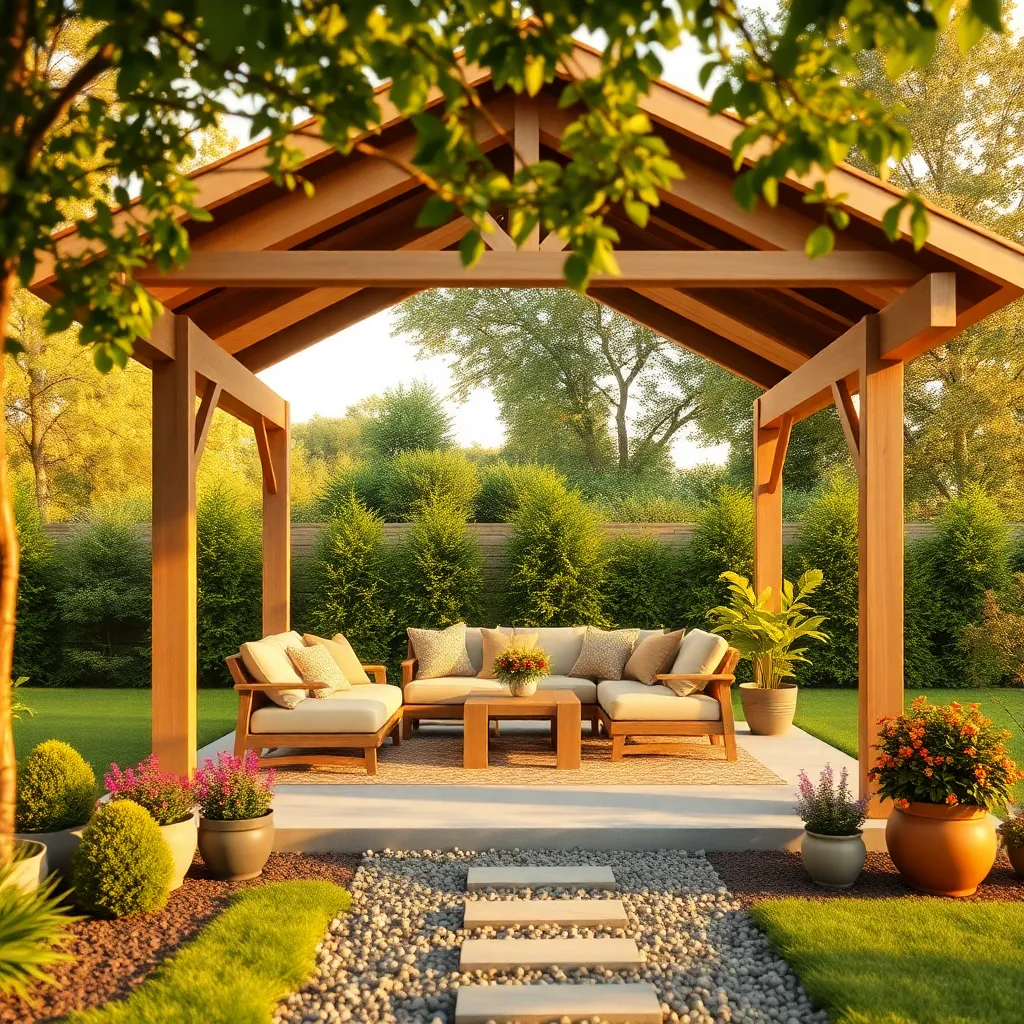
When assembling a DIY covered patio kit, remember that preparation is key. Start by ensuring you have all the necessary tools and materials ready before you begin. A basic toolkit should include a power drill, a level, measuring tape, and a rubber mallet. Choose a flat, stable area for assembly to avoid any alignment issues. For beginners, opting for kits with pre-drilled holes can simplify the process, ensuring a smoother and faster setup.
It’s important to follow the instructions closely and work methodically through each step. Begin by laying out all the components in the order they will be used; this will help you visualize the assembly process. For a more robust structure, consider using stainless steel screws and brackets that can withstand the elements better than regular materials. To enhance stability, secure the legs of your patio cover into concrete footings, especially if you live in an area prone to strong winds. By taking these steps, you’ll create a durable, attractive outdoor space that you can enjoy for years to come.
Weatherproofing Your DIY Patio
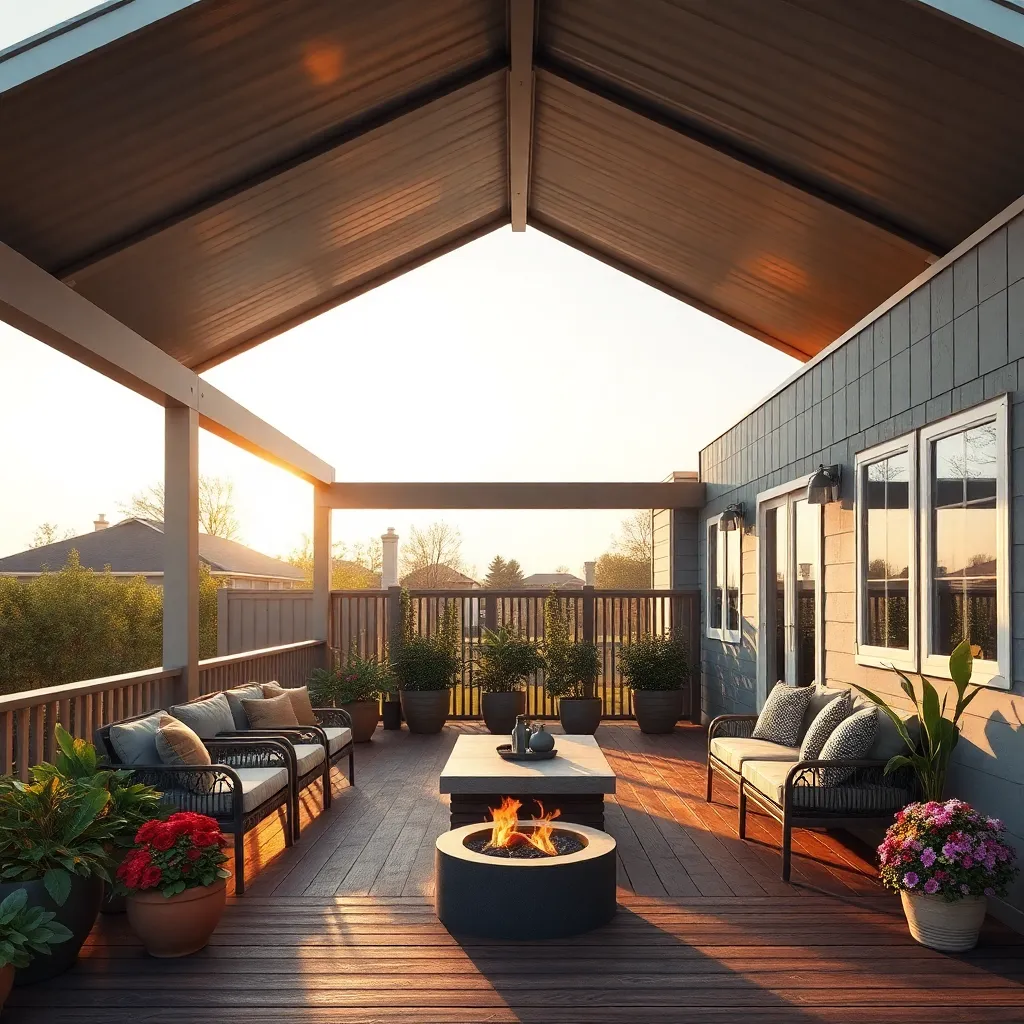
To ensure your DIY patio withstands the elements, start by selecting materials that offer durability and resistance to weather. Opt for pressure-treated wood or powder-coated metal for the frame, as these materials resist moisture and rust effectively. For the roofing, consider using polycarbonate panels or a waterproof fabric cover, both of which provide excellent protection from rain while allowing natural light to filter through.
Enhancing your patio’s weatherproofing can be achieved with a few strategic design elements. Incorporate a slight pitch to the roof to facilitate water runoff, preventing pooling that could damage the structure over time. Additionally, using sealants on joints and gutter systems can further safeguard against water infiltration. For those in windy areas, secure your shelter with anchoring kits to prevent movement or damage during storms.
Stylish Designs for Less
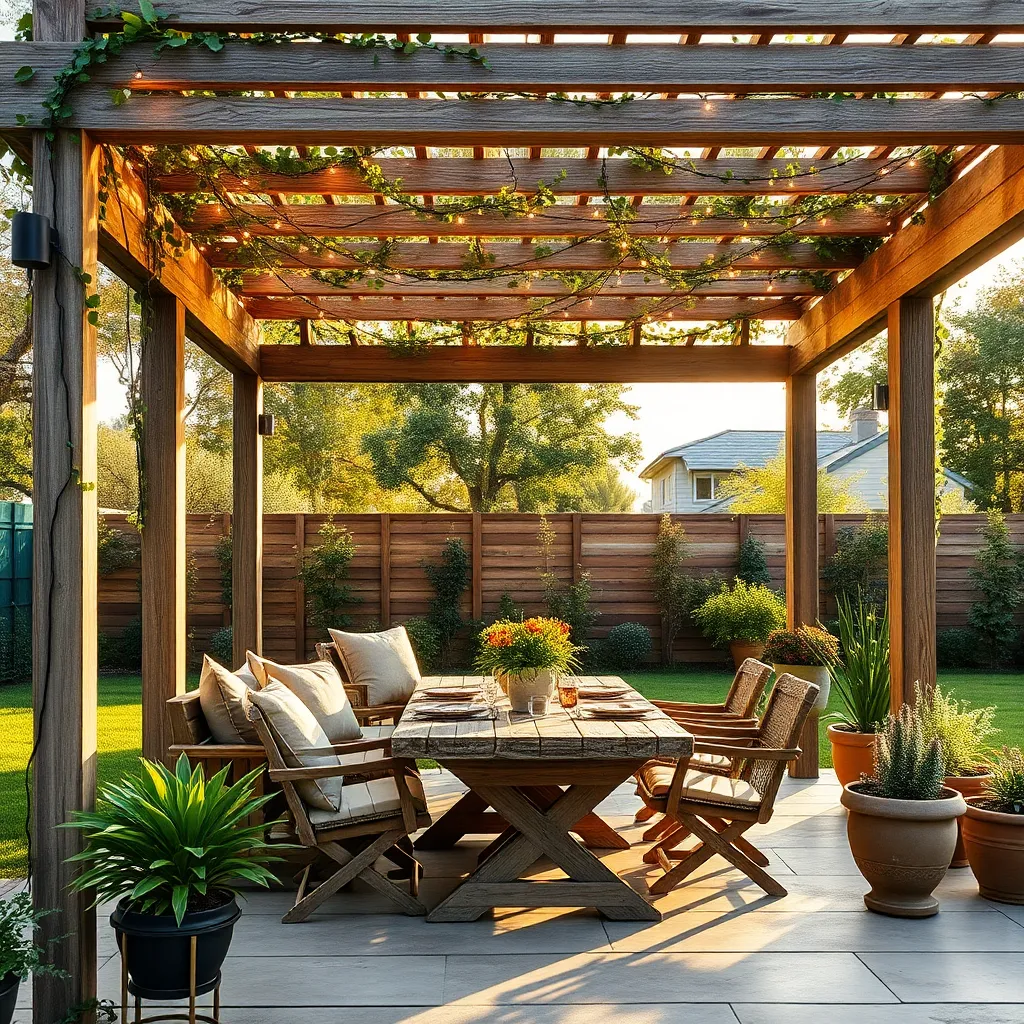
For a budget-friendly yet stylish covered patio, consider using reclaimed wood for a rustic charm or sleek aluminum for a modern look. These materials not only add aesthetic appeal but also stand up well to various weather conditions. Beginners can start with a simple A-frame design, utilizing 4×4 posts and corrugated metal roofing to create a sturdy and attractive shelter that doesn’t break the bank.
Enhance your patio’s visual appeal by incorporating decorative elements such as string lights or climbing plants like wisteria or jasmine, which can be trained to grow over the structure for a natural canopy effect. Advanced builders might explore adding adjustable louvered panels for controlling sunlight and ventilation, offering both functionality and a touch of sophistication. Remember to measure your space carefully and consider the height and angle of your roof to ensure proper drainage and comfort.
Enhancing Patio Functionality Economically
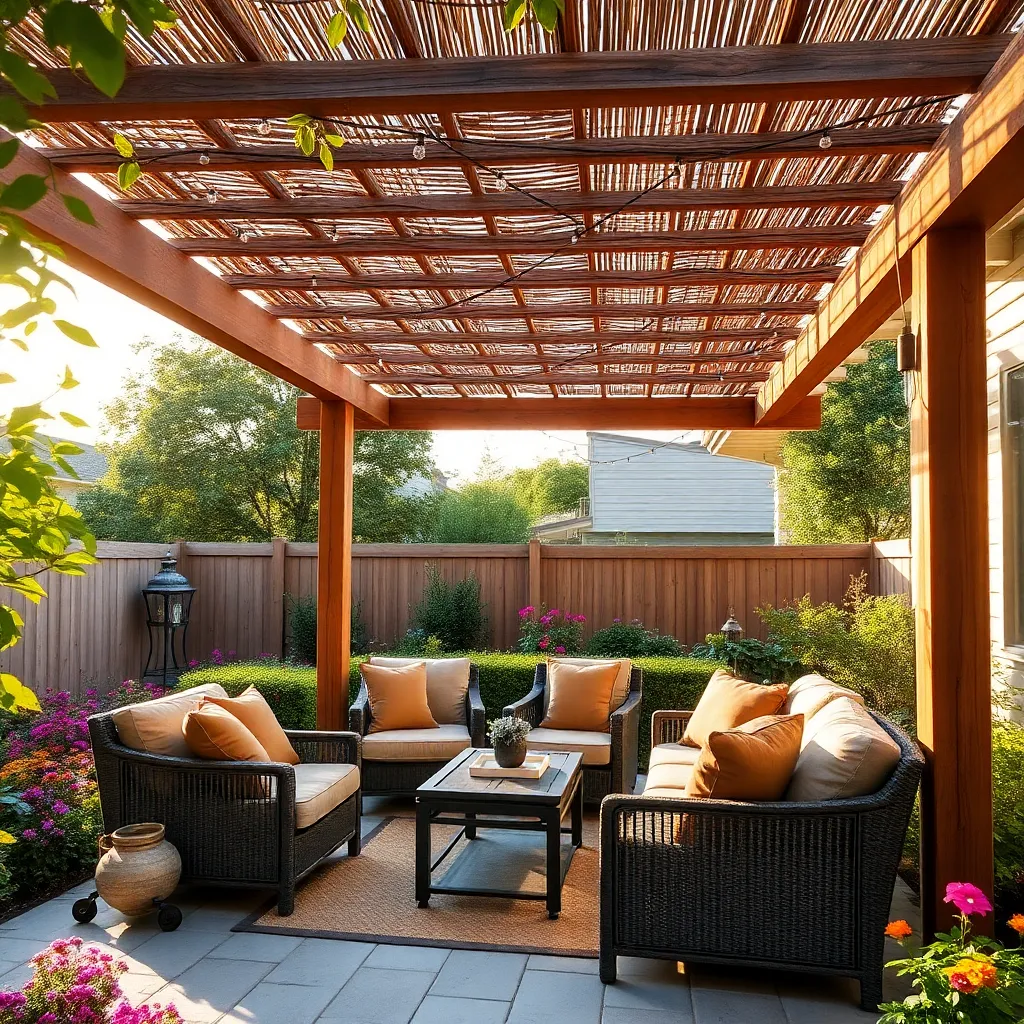
To enhance your patio’s functionality economically, consider utilizing cost-effective materials like treated lumber or galvanized steel for your DIY covered patio kit. Treated lumber is durable and resistant to weather, making it an excellent choice for beginners looking to craft a sturdy yet stylish cover. For those with a bit more experience, combining galvanized steel with polycarbonate panels can create a sleek, modern look that allows natural light while providing protection from the elements.
Incorporate design elements that maximize both aesthetics and utility by choosing a layout that complements your outdoor space. Modular designs offer flexibility, allowing you to expand or modify your patio cover as needs change. When planning, ensure your supporting posts are spaced appropriately—typically every 6-8 feet—to maintain structural integrity. Consider adding decorative elements like climbing plants or string lights to enhance ambiance without breaking the bank.
Eco-Friendly Patio Kit Options

For an eco-friendly patio kit, consider using bamboo or reclaimed wood as primary materials. These options not only lower your environmental impact but also add a natural aesthetic to your outdoor space. Begin by sourcing sustainable materials from local suppliers to minimize your carbon footprint. Opt for a simple design with a flat or slightly sloped roof to facilitate rainwater runoff, ensuring it’s both functional and stylish.
Incorporating solar-powered lighting can enhance the usability of your patio while keeping energy consumption low. Install these lights along the perimeter or integrate them into the roof structure for a seamless look. For a more advanced touch, consider adding retractable bamboo shades to control sunlight and provide extra comfort. These elements will make your eco-friendly patio both beautiful and practical, encouraging you to enjoy your outdoor area to the fullest.
Customizing Kits to Fit Budget
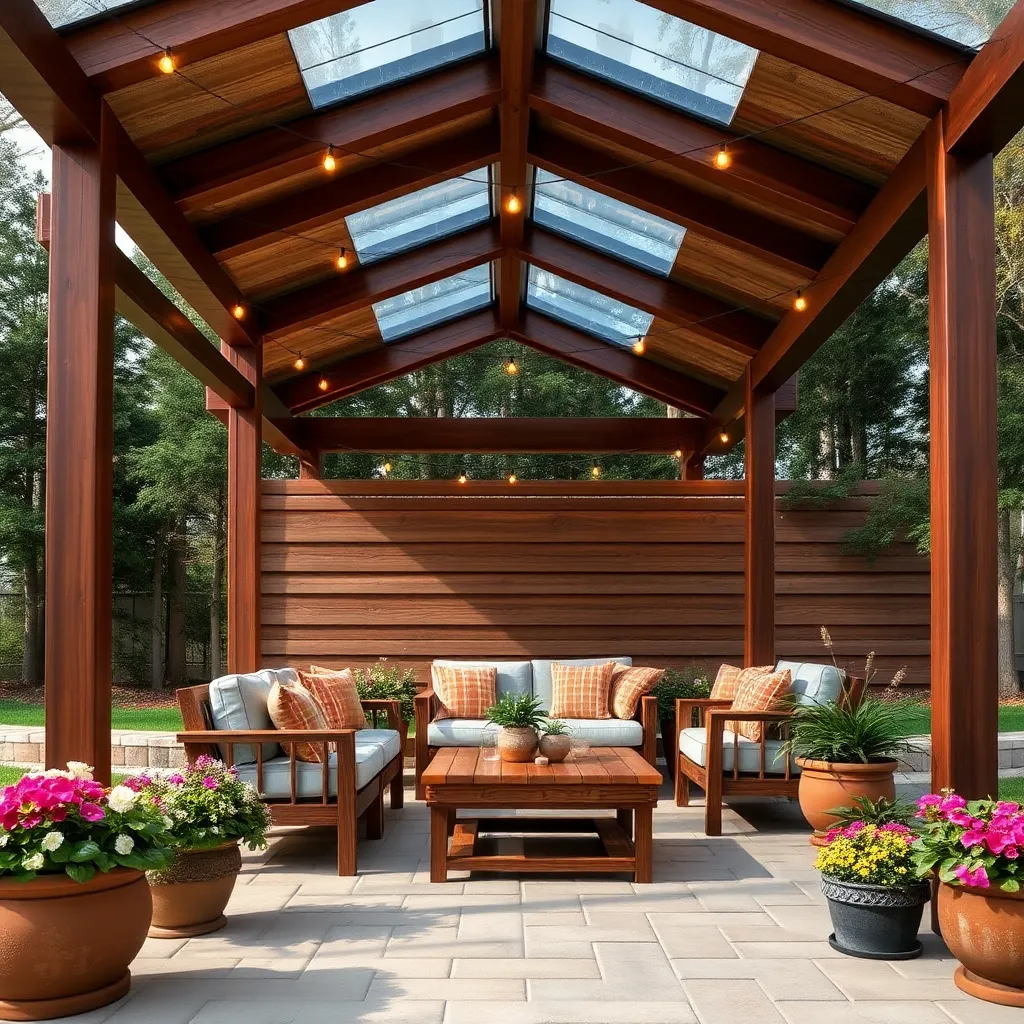
When customizing patio kits to fit your budget, start by choosing materials that offer both durability and affordability. Opt for pressure-treated wood or aluminum frames, which provide a solid foundation at a lower cost. For covering, consider using polycarbonate panels or canvas, both of which are cost-effective and provide excellent weather resistance. If you’re a beginner, focus on a simple rectangular design to minimize waste and simplify construction.
For those with more experience, consider integrating advanced features like built-in lighting or retractable awnings to enhance functionality without breaking the bank. Use recycled materials where possible, such as pallets for flooring, to further reduce costs. Keep dimensions proportional to your space, with a recommended height of at least 8 feet to ensure proper ventilation and comfort. By carefully selecting materials and design elements, you can create a personalized outdoor oasis that fits both your style and budget.
Maintaining Your Covered Patio Affordably
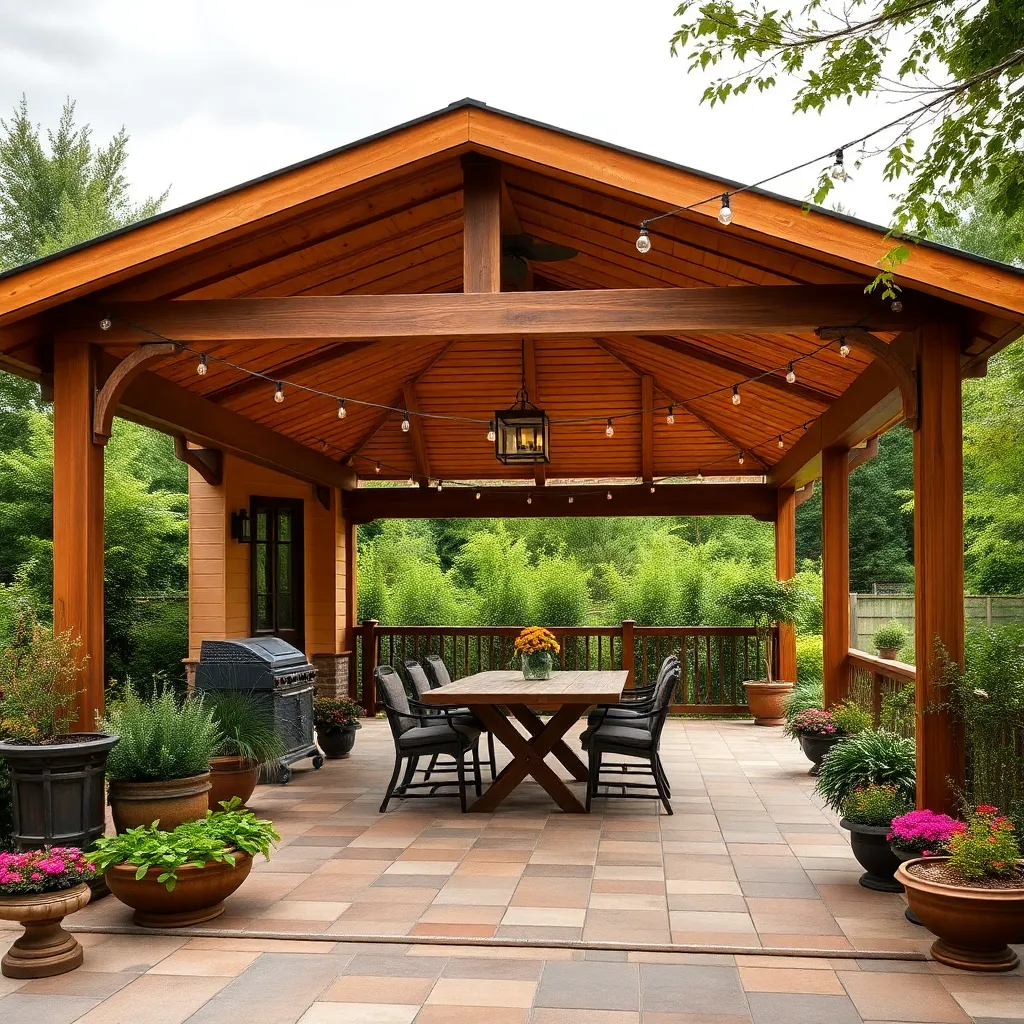
To maintain your covered patio affordably, focus on using durable materials that require minimal upkeep. Opt for weather-resistant materials like pressure-treated wood or aluminum to ensure longevity and reduce long-term maintenance costs. Regularly clean surfaces with a mild detergent and water to prevent buildup of dirt and mildew, which can degrade materials over time. For beginners, a seasonal check-up to tighten loose screws and apply sealant to any exposed wood can keep your structure in great shape.
Advanced DIYers might consider integrating sustainable elements, such as solar-powered lights or rainwater collection systems, to enhance functionality while keeping costs low. Adding plants like climbing vines can provide natural shade and beauty, reducing the need for additional fixtures. Use outdoor-grade paint or stain to protect surfaces from UV damage and weathering. This not only extends the life of your patio but also allows for easy customization of colors to suit your style. Remember, a little proactive maintenance can greatly extend the lifespan and enjoyment of your outdoor retreat.
Conclusion: Creating Beautiful Outdoor Spaces
In exploring the ’10 DIY Covered Patio Kits Under Budget,’ we’ve uncovered key relationship concepts that extend beyond mere construction. From teamwork and communication in planning to patience and compromise during execution, each project serves as a metaphor for building and nurturing strong connections. We also touched on trust, as partners rely on each other’s expertise, adaptability in overcoming challenges, and the joy of shared accomplishments. Additionally, the importance of celebrating milestones, fostering creativity, and maintaining a sense of humor when things don’t go as planned were highlighted.
Now, take the first step towards reinforcing your relationship by choosing a project that excites both of you. Set a date to start, discuss your roles, and dive into this enriching experience together. As you embark on this journey, remember to save or bookmark this article for ongoing inspiration and guidance.
By integrating these lessons into your daily interactions, you’re crafting a foundation for lasting relationship success. Let this be the beginning of many more collaborative adventures. With a little effort and a lot of love, your relationship can flourish in ways you never imagined.

